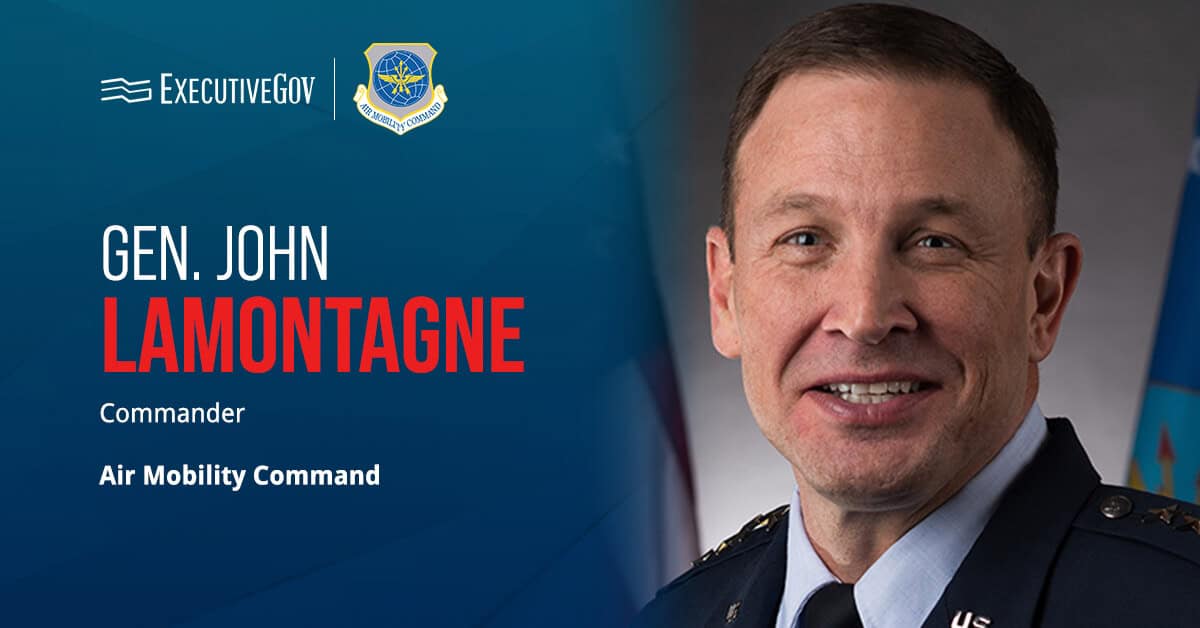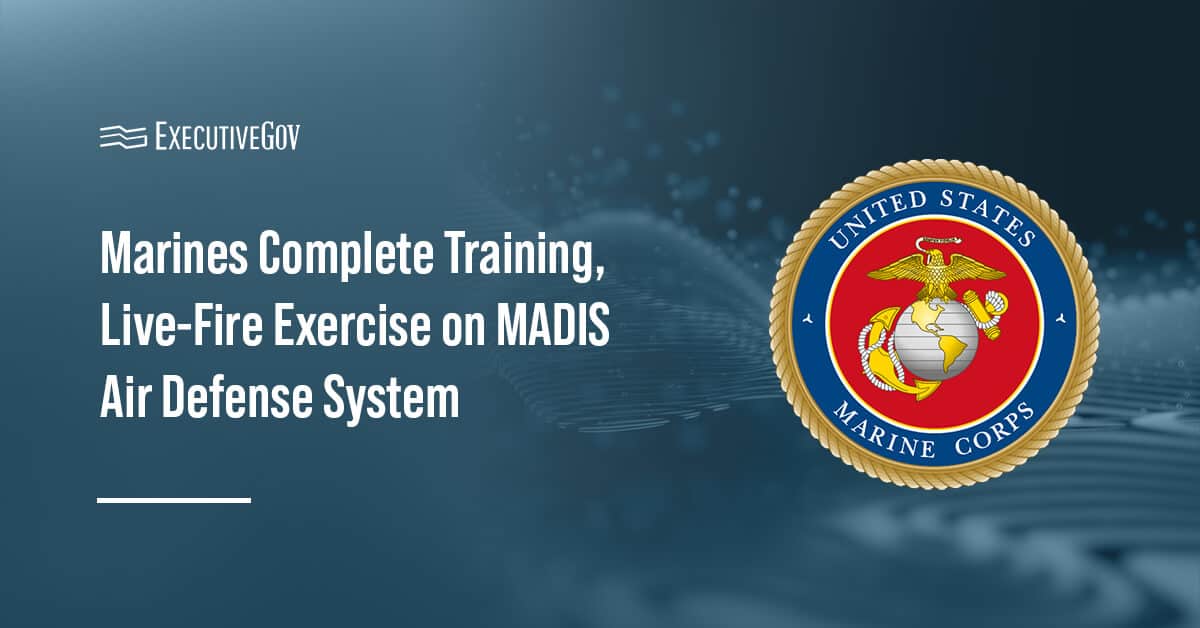
Angie Knappenberger, a U.S. Navy official, said the service will not team with the U.S. Air Force to develop its next fighter aircraft, Defense One reported Monday.
“I don’t necessarily foresee an exact sort of repeat of F-35 in a single solution set.†Knappenberger, deputy director of air warfare at the Navy, said Monday at the Navy League’s Sea Air Space conference in Maryland. “It truly is a different mission what we’re looking for in our next-generation air dominance versus what the Air Force is really looking for.â€
Knappenberger noted that the future fighter jets of both service branches might share some capabilities. “Because some of those systems are going to be very complimentary and we are looking forward to what the Air Force is going to be doing as I’m sure they’re going to be looking hard at what we’re going to be doing in that system development.â€





